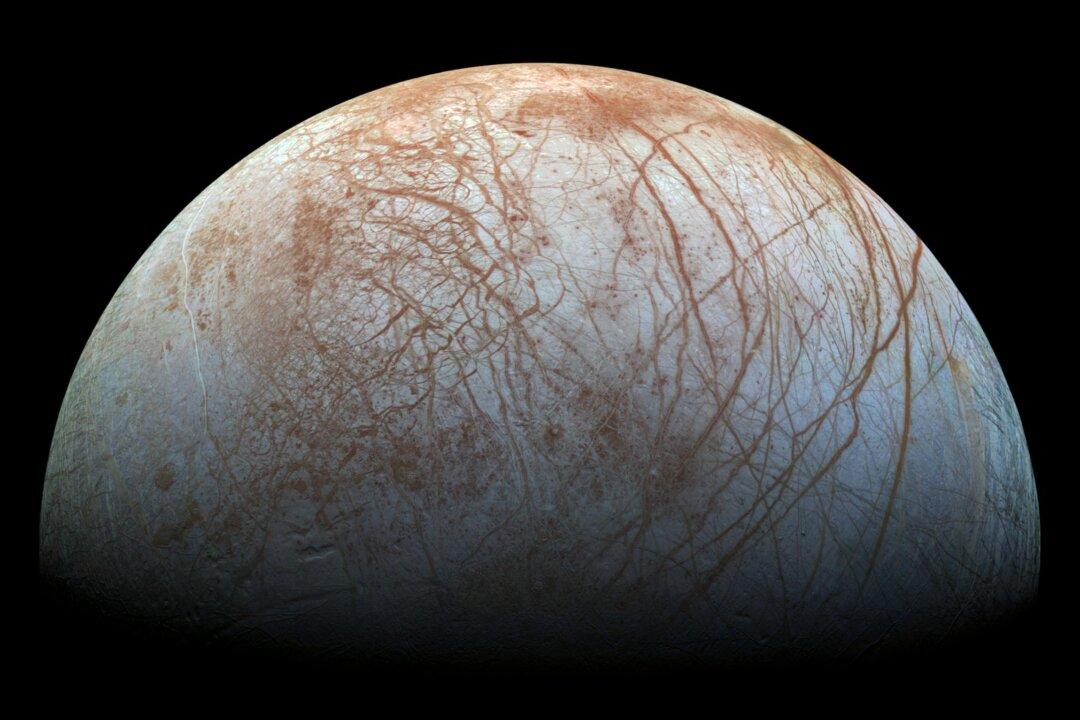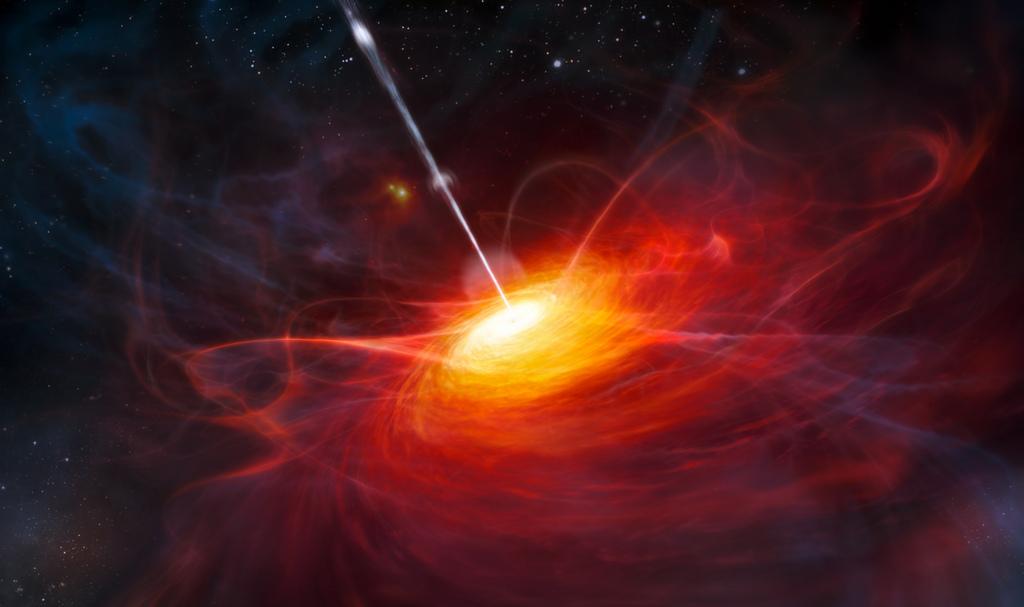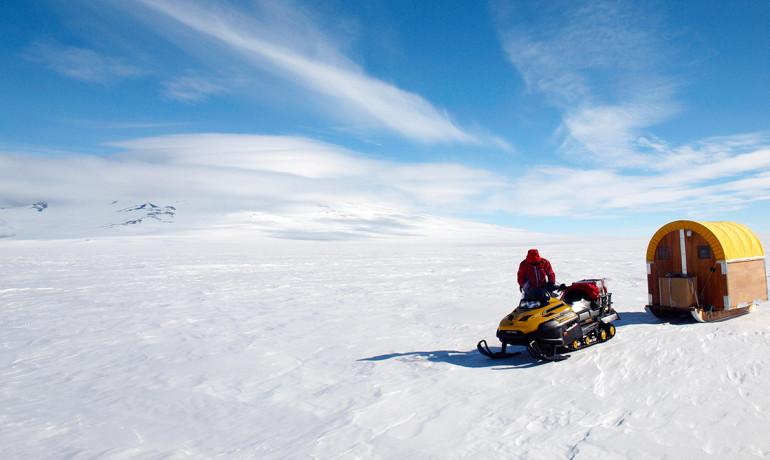Scientists believe Jupiter’s moon Europa may have a global ocean beneath an outer shell of ice—an ocean that could be hospitable to life.
NASA is expected to launch a mission to Europa in the 2020s. On May 26, 2015, the agency announced the nine scientific instruments that will be onboard.
William McKinnon, professor of earth and planetary sciences at Washington University in St. Louis, is on the science team for two of the selected instruments: an ice-penetrating radar, and the most sensitive mass spectrometer ever flown in space. He discussed the mission with university writer Diana Lutz.
When did you first realize Europa was interesting?
When we first saw it close up, in 1979. I was a graduate student at Caltech and the Voyager spacecraft went by Europa. Of course we couldn’t see the moon very well, but it was very icy, very bright, and had mysterious lines, cracks, and spots. People proposed even at that point that there might be an ocean beneath the ice, but it was all very theoretical, and I was actually quite skeptical.
But my first graduate student at Washington University, a young man named Paul Schenk, looked at images of Europa in press releases and argued that pieces of the ice shell had moved relative to one another. This was the first time anyone had found evidence for anything resembling plate tectonics anywhere other than on Earth, so it was very difficult for him to convince journals to publish his paper. I looked at his evidence and agreed with him and we were finally able to get a paper published in Icarus in 1989.
But at that point all we knew was the crust was mobile rather than rigid. That didn’t necessarily mean there was liquid beneath the ice; it was possible the deeper ice was just warm enough to deform.
When was evidence for an ocean found?
Fast forward to the 1990s. The Galileo mission finally arrived at Jupiter to take a deeper survey of the planet and its moons. It had been delayed for years by the loss of space shuttle Challenger.
Galileo returned fantastic pictures of the ruptured crust of Europa, and it had a magnetometer that detected the fluctuations of an electrical field inside the moon. That meant the interior was electrically conducting and, since ice doesn’t conduct electricity, the most likely suspect was salt water.
All of a sudden we have evidence for a real ocean and everybody jumped up and down and said we need to go back and explore this.
But that was nearly 20 years ago. Why so slow?
In planetary science there are always more good ideas than there is funding, and it can take a while for a good idea to penetrate the communal consciousness. Plus NASA had a lot on its scientific plate at the time: Hubble, the Cassini mission to Saturn.
Someone pointed out in 2013 that many billionaires could afford a private Europa mission. Zuckerberg, one of the co-founders of Facebook, could afford six. But it’s not much of an investment because you don’t make your money back.
Europa is also a difficult target because it is orbiting deep inside Jupiter’s gravity well, which means you need an engine to be able to slow down enough to drop into orbit, and because Jupiter has an intense radiation belt, similar to Earth’s Van Allen belts, but thousands of times stronger. An unprotected human would get a lethal dose of radiation in a day.
So through many years and many iterations we’ve come up with a plan, a really nice plan. We won’t orbit Europa; instead we'll orbit Jupiter and then fly by Europa again and again and again, dozens of times, building up a data set but spending as little time as possible exposed to the most intense radiation.
We’re just at the point where we’re really going forward. We’re not yet in what we call Phase A, when the mission officially begins, but that may happen later this month.
What about the two instruments you’re on?
One is a radar that will measure the thickness of the ice layer. The principal investigator on that instrument is Donald Blankenship at University of Texas at Austin. It uses technology developed to map the terrain under the ice in Antarctica and Greenland.
With it we will be able to see lakes like the famous Lake Vostok the Russians discovered near the South Pole. But on Europa it won’t just be a lake. There’s an ocean that goes around the entire sphere and there may be more water in that ocean than in our oceans. Maybe twice as much. We want to know exactly where that ocean is. Is the ice thin in some places? What kind of technology will we need to get through that ice and “go fishing”?
Because if there’s anything alive on Europa, it’s in the water. There aren’t critters on the surface because it’s a near vacuum and it’s bombarded by radiation from the Jupiter radiation belts. But the water is protected by what we think are kilometers of ice, miles of ice and warmed by heat from tides a thousand times stronger than those on Earth.
The other instrument is intended to look at chemistry?
Yes, it’s a mass spectrometer, the most sensitive instrument of its type ever flown into space, that is designed to measure the composition of volatile gases and organics sputtered off the surface of Europa. The principal investigator is Hunter Waite of the Southwest Research Institute in San Antonio.
Even if there are no plumes on Europa, there will be a halo of atoms around it because particles bombard the surface and knock stuff off. We know there’s water, but we want to know what other chemicals are present.
If we hit pay dirt and there is liquid water erupting from the ocean, through cracks in the ice, we'd fly through the plume and sample its composition directly. The Hubble team thought they saw a plume on Europa in 2013. But we haven’t had another sighting; it hasn’t been confirmed.
There will be an instrument like the one aboard Hubble that is very sensitive to water vapor. Even weak eruptions will be detectable, and from great distances. Once spotted, we can target them for fly-throughs.
And then?
It’s taken more than 40 years to get this far, and it will be many more years before the Europa mission starts beaming down data. That’s just the way it is with missions to the outer solar system.
So it’s not too early to start planning the next steps: a lander and then—the astrobiologists’ fondest wish—a mission to the ocean itself.
This article was originally published by Washington University in St. Louis. Republished via Futurity.org under Creative Commons License 4.0.




